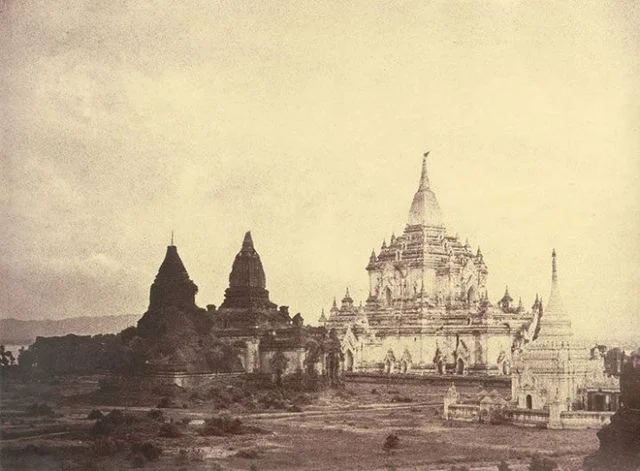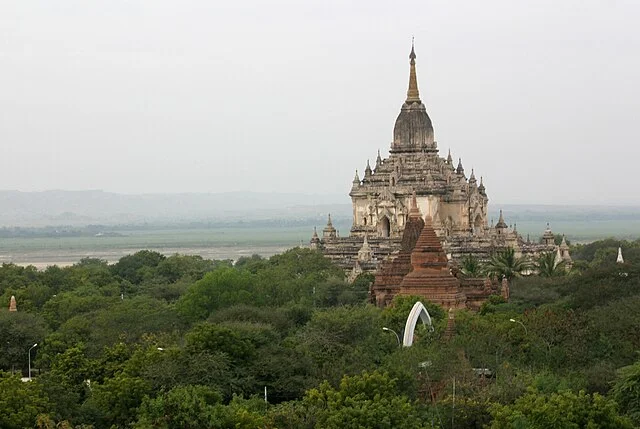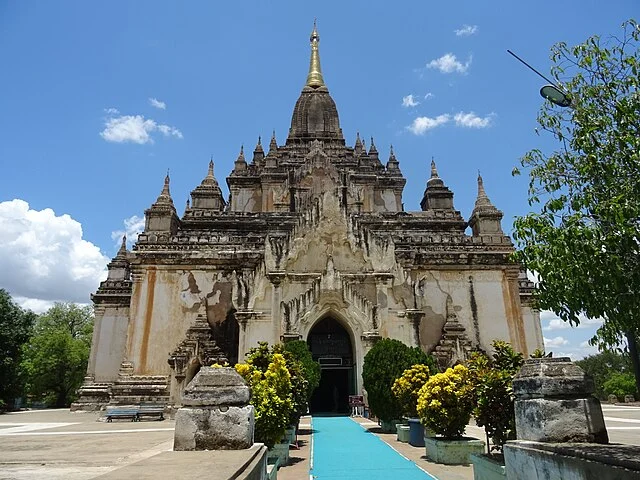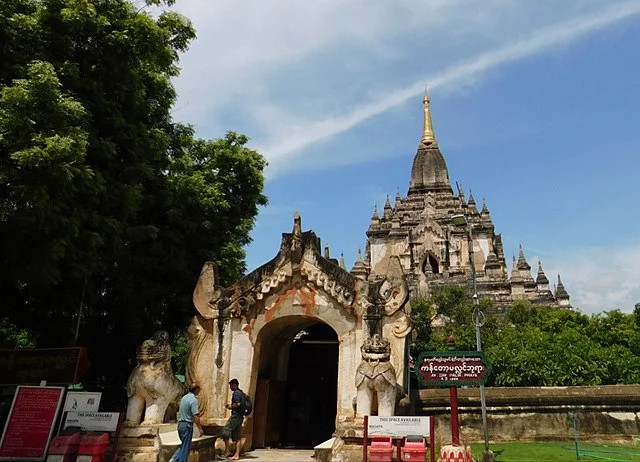The Gawdawpalin Temple, located in Bagan, Myanmar, is one of the most significant and well-preserved monuments of the Bagan Kingdom. It was built during the reign of King Narathu (AD 1167–1170) in the 12th century, showcasing the architectural brilliance of the period. The temple’s name, “Gawdawpalin,” translates to “Great Royal Temple,” reflecting its grand design and royal association.
Get your dose of History via Email
Architecture and Design

Gawdawpalin Temple stands as a two-story structure made of brick and mortar. The temple has a square layout, with a central tower rising to a height of about 61 meters. This tower is surrounded by smaller stupas, adding to the temple’s distinct appearance. The design incorporates elements from both Mon and Indian architecture, featuring a spire resembling those seen in the temples of Northern India.
The temple is built in the traditional Burmese style, with a central sanctum housing a large Buddha image. The walls of the temple are adorned with numerous murals and frescoes depicting scenes from the life of the Buddha. These artworks are some of the oldest surviving examples of Burmese Buddhist painting.
Historical Context

The Gawdawpalin Temple was constructed during the period when Bagan was at the height of its power. King Narathu, who commissioned its construction, sought to establish his authority and demonstrate his devotion to Buddhism through grand architectural projects. His reign was marked by internal strife and violence, as he was involved in a notorious murder of his father, King Kyansittha, and his subsequent rise to the throne.
Despite its royal patronage, the Gawdawpalin Temple has a complicated history. It faced destruction in the 13th century, possibly due to earthquakes or neglect. Restoration efforts have helped preserve the temple, though much of its original interior has been lost over time.
Role in Burmese Buddhism

As with other temples in Bagan, Gawdawpalin played a key role in the promotion of Theravada Buddhism in Myanmar. It served as a place of worship and pilgrimage for locals and visitors alike. The temple’s size and prominence also reflect the importance of religious structures in the Bagan Kingdom’s socio-political landscape.
The Gawdawpalin Temple’s continued existence and preservation are a testament to the cultural and religious heritage of Myanmar. It stands as a symbol of Bagan’s legacy and its historical importance in the development of Southeast Asian architecture and Buddhism.
Conclusion
The Gawdawpalin Temple is one of Bagan’s finest architectural achievements. Built during the 12th century, it reflects the artistic and religious ideals of the time. Despite facing challenges such as natural disasters, the temple endures as a cultural landmark. Its historical significance, combined with its architectural splendor, makes it an essential subject of study for scholars and historians of Southeast Asian art and religion.
Source:

